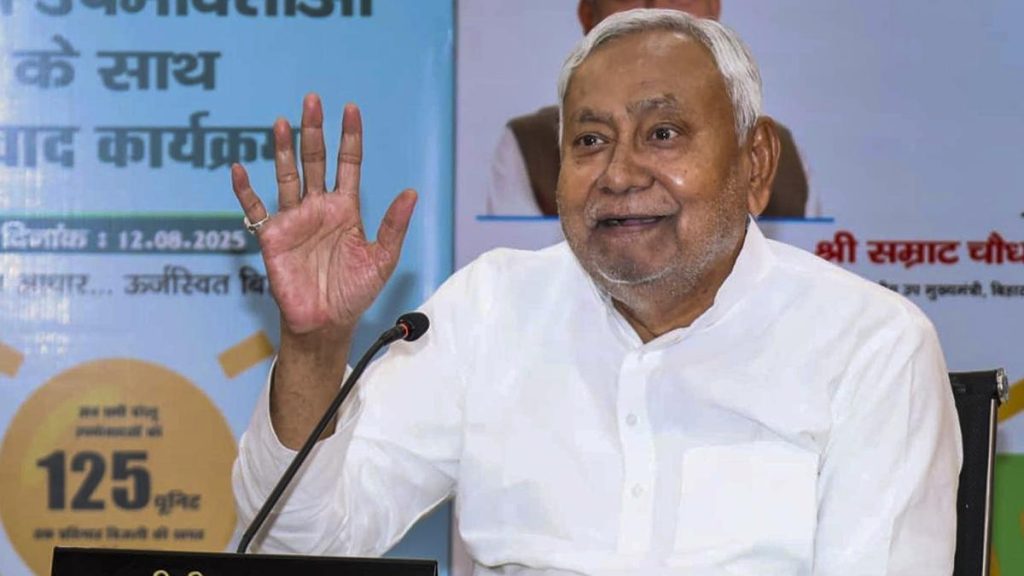Now Reading: Bengaluru Firm Explores Helicopter Emergency Medical Services with A.P. Govt
-
01
Bengaluru Firm Explores Helicopter Emergency Medical Services with A.P. Govt
Bengaluru Firm Explores Helicopter Emergency Medical Services with A.P. Govt

Quick Summary:
- Bengaluru-based ICATT (International Critical Care Air Transfer Team) is in talks with the Andhra Pradesh government to introduce integrated Helicopter Emergency Medical Services (HEMS).
- ICATT utilizes flying ICUs – helicopters and aircraft equipped with advanced medical tools and trained aero-medical teams – to offer critical care services during emergencies.
- HEMS aims to deliver trauma care within the “golden hour” following accidents, particularly in rural, semi-urban areas, and highways.
- Under HEMS, trauma patients would receive life-saving airlift services free of cost. The program draws inspiration from the U.K.’s HEMS model.
- ICATT’s air ambulance has previously operated successfully under government funding in Madhya Pradesh through PM Shri Air Ambulance Seva. Discussions are underway to replicate this model in Andhra Pradesh and other Indian states.
- The service brings together departments like Fire Services,Police,and first-responder ambulances into a cohesive emergency medical network for quicker response times.
- Previously in Chhattisgarh’s deep jungles, ICATT conducted successful rescue operations for security personnel injured during anti-naxalite missions.
Indian Opinion Analysis:
The introduction of Helicopter Emergency Medical Services (HEMS) marks a pivotal step toward addressing India’s emergency healthcare gaps-especially when considering road accidents that claim tens of thousands of lives annually due to delayed medical intervention during the critical “golden hour.” By deploying rapid-response airborne ICU units free of charge to those most in need-rural populations or accident-prone highways-the initiative aligns closely with India’s focus on improving public healthcare access.
ICATT’s efforts highlight innovative use cases for heliborne traumatology already established elsewhere globally but adapted here carefully for local contexts such as decentralized health infrastructure or sparse medical density outside metropolitan regions foregrounding their essentiality across cross-sector pilot task forces building true systemic cooperation pathways forward

























